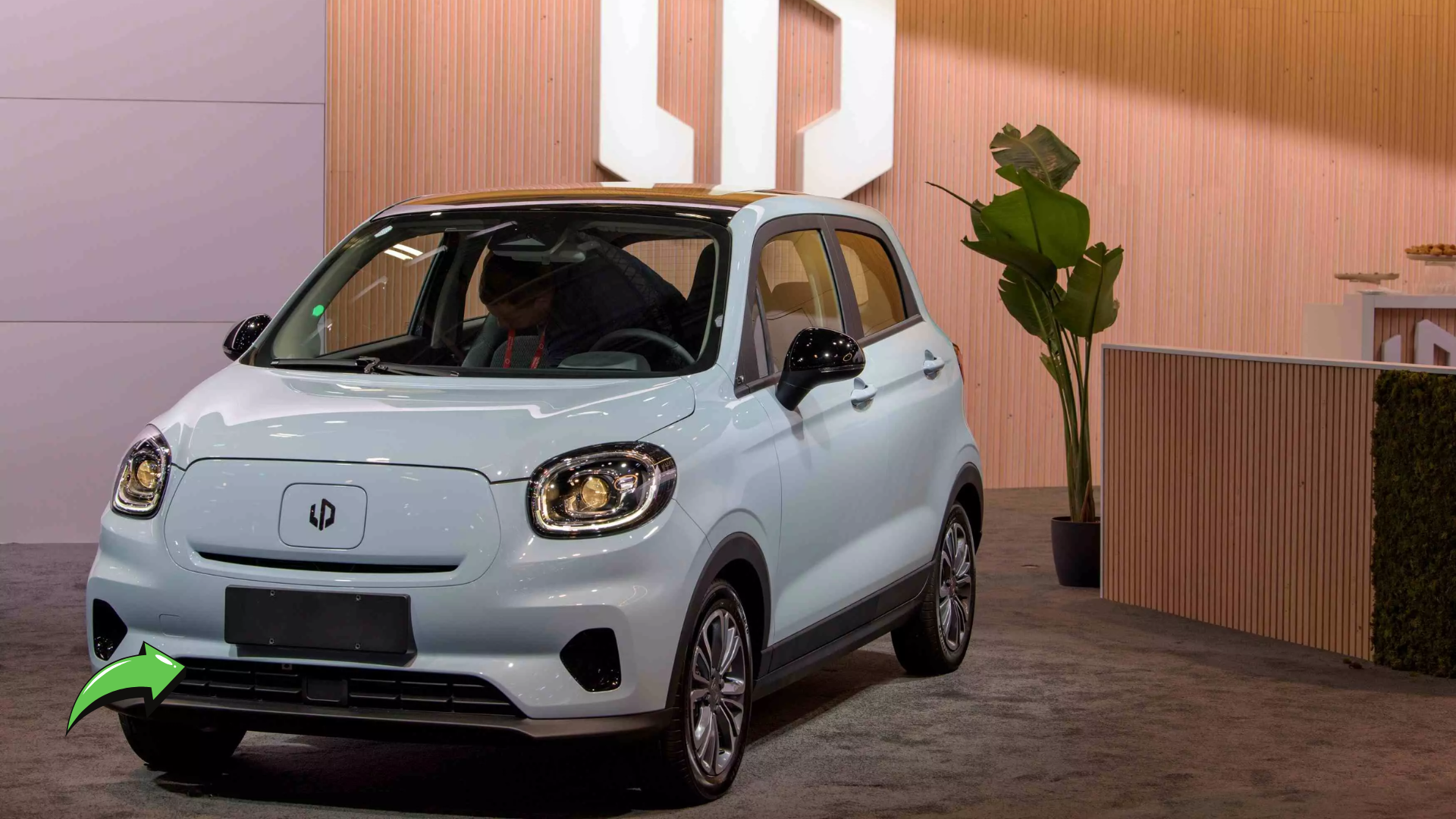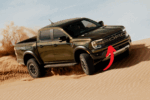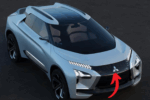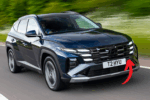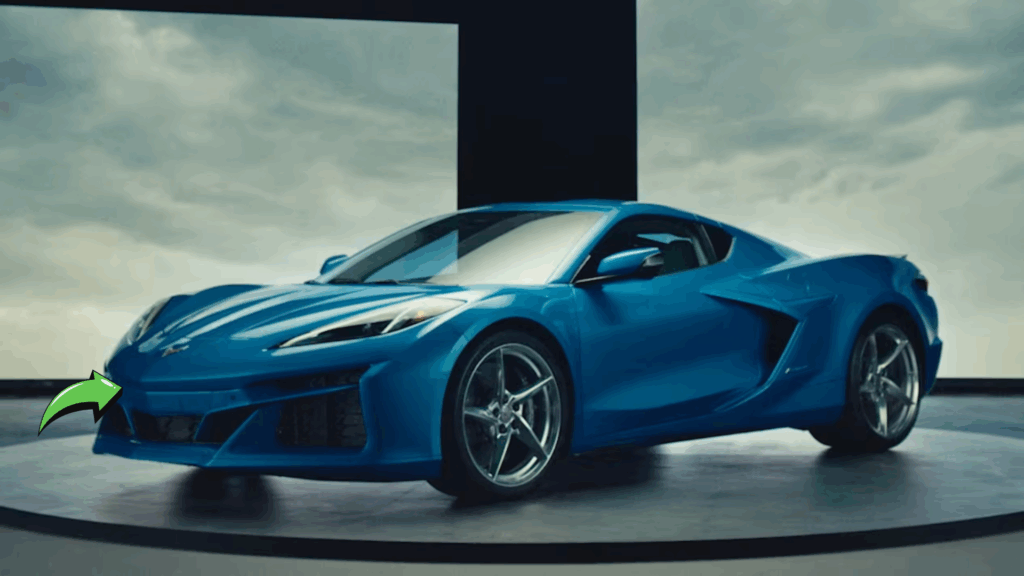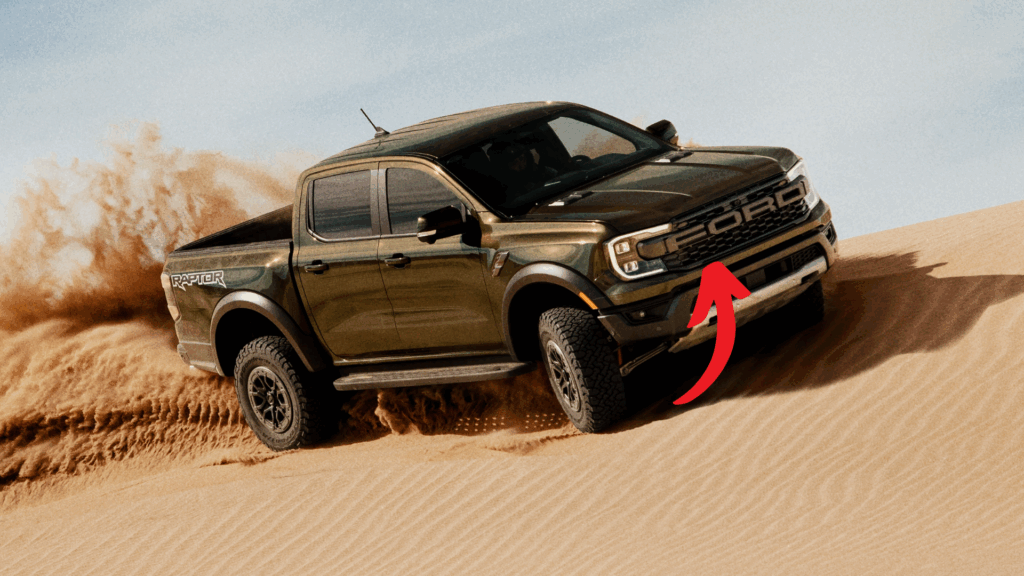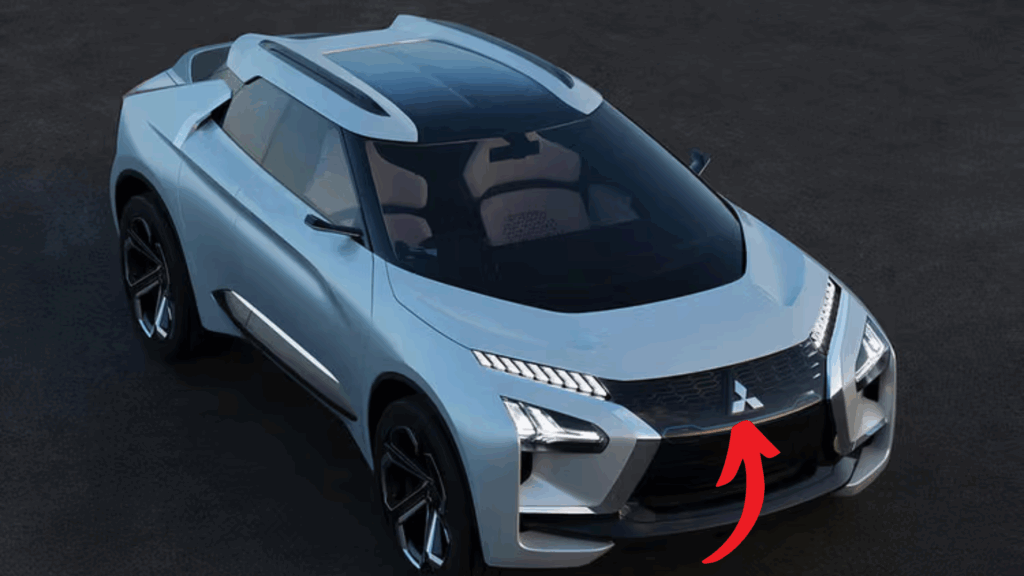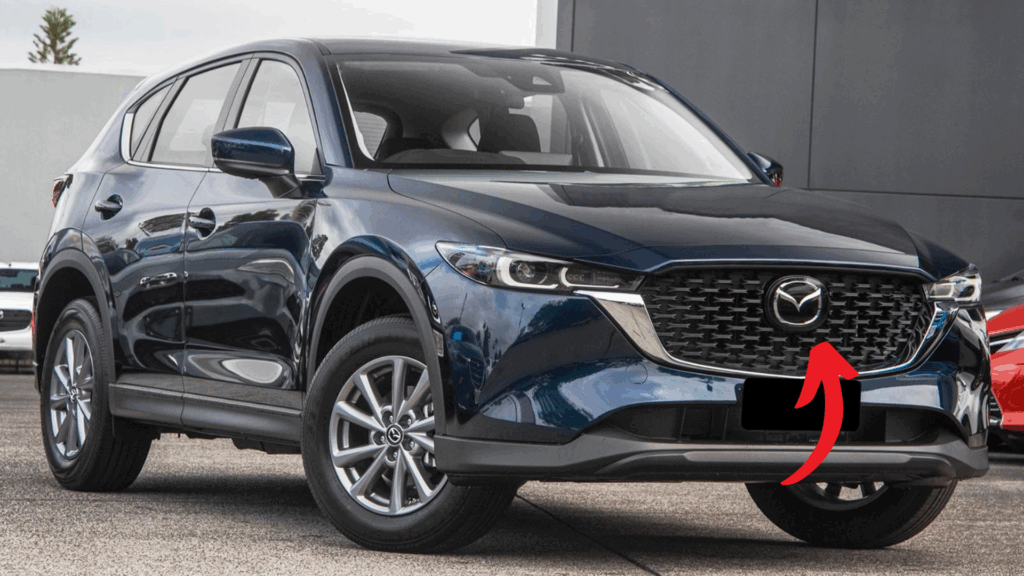Introduction: The Rising Dragon in the Electric Vehicle Arena
In the crazy-fast world of electric vehicles, there’s a new kid on the block from China. Leapmotor, barely a blip on anyone’s radar a few years back, has somehow managed to transform itself into a serious contender with big dreams abroad.
Their rise isn’t just another story about some EV startup trying to make it big internationally. Nope – it’s more like watching China flex its growing tech muscles and showing how determined they are to lead the global shift toward greener transportation.
Started back in 2015 in Hangzhou, Leapmotor quickly made a name for itself through a mix of innovation, smart partnerships, and really getting what today’s car buyers want. Their journey from local nobody to potential global somebody is pretty fascinating when you look at how the car industry’s being turned upside down these days.
So what makes Leapmotor special in an EV market that’s getting more crowded by the minute? Well, it’s kinda their unique take on developing technology, being super efficient with manufacturing, and how they’re planning to take over the world, one country at a time.
Table of Contents
The Rise of a Chinese EV Powerhouse
From Humble Beginnings to Industry Disruptor
Leapmotor’s story kicked off in Hangzhou’s innovation hub – you know, the same city where Alibaba got its start. Their founding team wasn’t just car people or just tech people – they had folks from both worlds.
While lots of competitors were rushing half-baked products to market, Leapmotor took its sweet time developing its own tech platforms. This patient approach has set them up for growth that won’t fizzle out after the initial hype dies down.
Initially focusing just on China’s domestic market was smart – it let them iron out all the kinks in their vehicles and manufacturing before facing the much pickier international customers. And boy, has this strategy paid off!
By 2023, they’d grabbed a decent chunk of China’s booming EV market. Their sales numbers were growing year after year, even with fierce competition from both Chinese brands and foreign companies trying to get a piece of the action.
Strategic Partnership with Stellantis
In a move that made industry folks do a double-take, Leapmotor announced they were teaming up with European auto giant Stellantis in late 2023. This deal was way more than just someone writing a check.
The joint venture, worth about €1.5 billion, gave Leapmotor instant access to Stellantis’ massive global distribution network across 130 countries. This solved one of the biggest headaches for new car brands – figuring out how to sell cars internationally without spending decades building dealerships.
Stellantis didn’t do too badly either – they got a relatively low-risk way into China’s EV market plus access to Leapmotor’s cutting-edge electric vehicle tech. The strengths of both companies just fit together really well.
We started seeing real results from this partnership in early 2024, with Leapmotor cars showing up in European showrooms next to familiar Stellantis brands like Peugeot, Citroën, and Opel. Surprisingly, European consumers didn’t turn their noses up – the reception was pretty positive.
Partnership Highlights Details Investment Value €1.5 billion Stellantis Ownership 20% stake in Leapmotor Joint Venture Focus Global distribution rights (excluding China) Target Markets Europe, Asia-Pacific, Middle East, Africa Initial Launch Countries France, Italy, Germany, Netherlands Production Strategy Initial imports from China, potential local manufacturing
Technological Innovation Driving Global Ambitions
Proprietary Cell-to-Pack Battery Technology
The real secret sauce behind Leapmotor’s competitive edge is its revolutionary approach to battery systems. They were playing around with Cell-to-Pack (CTP) technology while many bigger companies were still thinking about it.
This clever design gets rid of the traditional module level in battery packs, which means higher energy density, less weight, and cheaper manufacturing costs. Integrating cells directly into the pack has boosted energy efficiency by around 14-18%.
Independent testing confirms their battery systems work amazingly well, even in crazy temperature conditions. That’s huge for consumers in places with freezing winters or scorching summers who worry about battery performance.
They’ve also made big strides in battery safety, with multiple backup protection systems. These improvements haven’t gone unnoticed – they’ve earned top safety ratings from the regulatory folks who test these things.
Advanced Vehicle Architecture
Leapmotor has come up with this pretty slick all-in-one electric drive system that combines the motor, controller, and reduction gear. It’s compact, saves space, and makes the whole vehicle perform better.
Their newest platform uses an 800-volt electrical system, which means super-fast charging. We’re talking 10% to 80% charge in about 20 minutes when conditions are right. Not too shabby!
Their commitment to software is equally impressive – they’ve got over 500 engineers just working on autonomous driving tech. Their ADAS system (they call it LEAP Pilot) has been doing surprisingly well in real-world testing.
Maybe most revolutionary is their Four-in-One Electric Drive System, which cuts component count by 20% while making energy use more efficient. This innovation has got established manufacturers worldwide doing a double-take.
Product Portfolio Targeting Global Markets
Compact Urban EVs
The C10 is Leapmotor’s entry in the super-competitive compact crossover category. Starting around $26,000, it’s a pretty sweet deal compared to what Western companies are offering.
It comes with a 44 kWh battery that’ll get you about 250 miles of city driving. The interior is minimalist but still feels premium – some people have compared it favorably to much pricier European models.
Early sales data from Europe shows it’s especially popular with younger city dwellers who care about tech and the environment. Its compact size makes it perfect for navigating tight city streets and finding those impossible parking spots.
Customer surveys show people dig the innovative infotainment system and the driver assistance features that come standard. You’d typically have to pay a pretty penny extra for these technologies in cars from traditional manufacturers.
Mid-Size Family Vehicles
The T03 has become Leapmotor’s global bestseller, hitting that sweet spot between practical and affordable. This four-door hatchback offers surprisingly roomy interiors that feel like they belong in a bigger vehicle class.
With a range of up to 280 miles on the WLTP cycle, the T03 tackles the range anxiety that still keeps many folks from making the switch to electric. Fast charging capabilities make it even more practical for those longer road trips.
European car journalists have been pretty impressed with how the T03 drives, noting its responsive handling and comfy ride. These qualities help challenge those old stereotypes about Chinese vehicles being subpar.
Safety-wise, it’s no slouch either, with a full five-star rating in China’s C-NCAP crash tests. Plus, all trim levels come with advanced driver assistance systems as standard equipment.
Premium Offerings
At the fancy end of their lineup, the C11 shows what Leapmotor can do when they pull out all the stops. This premium SUV features dual-motor all-wheel drive and can accelerate fast enough to make established luxury brands nervous.
The interior uses sustainable materials and cutting-edge tech, including a massive 15.6-inch rotating central display and augmented reality head-up display. It feels like stepping into the future when you sit inside.
Early sales numbers suggest the C11 is successfully stealing customers who might otherwise have gone for premium European brands. That’s a major shift in how consumers perceive Chinese automotive products.
The adaptive air suspension and noise cancellation technology deliver a refined driving experience that challenges long-held beliefs about Chinese vehicle quality. It’s not your dad’s Chinese car, that’s for sure.
Model Segment Range (WLTP) Starting Price (Europe) Key Features C10 Compact Crossover 250 miles €26,000 Minimalist design, urban mobility T03 Hatchback 280 miles €22,000 Practicality, value proposition C11 Premium SUV 360 miles €42,000 Dual motors, luxury features B10 (Coming 2025) Mid-size Sedan 400+ miles €38,000 (est.) Next-gen battery technology
Global Expansion Strategy
Phased Market Entry Approach
Leapmotor isn’t just throwing darts at a map – they’ve developed a carefully orchestrated international expansion plan that prioritizes markets based on EV adoption rates, regulations, and competitive landscapes. This practical approach minimizes risks while giving them the best shot at growth.
They started their European rollout with countries already crazy about EVs – Norway, the Netherlands, and Germany. These places offer hefty incentives for electric vehicles and have plenty of charging stations already built.
By piggybacking on Stellantis’ existing dealer networks, Leapmotor avoided spending mountains of cash to set up retail operations from scratch. This capital-efficient approach lets them keep resources for developing products and manufacturing instead.
Next up, they’re eyeing rapidly developing EV markets in Southeast Asia, the Middle East, and Latin America. These regions offer huge growth potential with fewer established competitors breathing down their necks.
Manufacturing Strategy
While they’re currently making their international market vehicles in China, Leapmotor has already announced plans for manufacturing localization in strategic markets. This strategy addresses both logistical headaches and geopolitical concerns.
They’re currently scoping out potential manufacturing sites in Eastern Europe and Southeast Asia. These locations offer good combinations of skilled workers, supply chain access, and proximity to target markets.
Setting up regional production hubs lets them benefit from local content requirements and dodge potential tariffs. It also cuts transportation costs and the carbon emissions associated with shipping cars across the globe.
Thanks to the modular design of their vehicles, they can efficiently manufacture globally with minimal tweaking needed for different markets. This approach maintains consistent quality while keeping production costs in check.
Brand Positioning and Marketing
Instead of just trying to be the cheapest option, Leapmotor has positioned itself as a technology-forward brand that offers great value. This strategy keeps them from directly competing with budget offerings from other Chinese manufacturers.
Their marketing campaigns focus on innovation, sustainability, and digital integration rather than where the cars come from. This approach helps neutralize any hesitation consumers might have about buying Chinese cars.
They’ve invested heavily in creating immersive digital showroom experiences that showcase their vehicle technology. These interactive environments are especially appealing to younger, tech-savvy consumers.
Strategic sponsorships of sustainability initiatives and electric motorsport events are building brand awareness while reinforcing their green credentials. This approach effectively targets consumers who care about the environment.
Challenges and Obstacles on the Global Stage
Navigating Geopolitical Tensions
The ongoing trade tensions between China and Western nations are a real headache for Leapmotor’s global ambitions. Tariffs and other trade barriers could seriously mess with their pricing strategies and profitability.
Recent investigations in Europe looking into possible unfair subsidies for Chinese EV manufacturers add another layer of complications. Leapmotor has to carefully navigate these political landmines.
The partnership with Stellantis provides some shelter from these challenges, as having a European company involved offers a degree of political protection. This relationship might become even more valuable as the geopolitical environment gets more uncertain.
Setting up local manufacturing operations is another way they’re trying to sidestep these risks. Vehicles produced within target markets generally don’t get hit with import-related trade restrictions.
Also Read: Explore 2025 Mazda CX-90 Specs, Features And Price Reduction
Building Brand Recognition and Trust
Despite their impressive tech achievements, Leapmotor faces major challenges in building brand awareness and trust in international markets. Established automotive brands have spent decades becoming household names.
Many consumers remain skeptical about Chinese automotive products. Overcoming these perceptions requires consistently delivering high-quality products and exceptional customer experiences.
The company has introduced comprehensive warranty programs that go beyond industry standards to reassure potential customers. These guarantees show they’re confident in their product reliability and durability.
Strategic partnerships with respected local service providers help address concerns about maintenance and repairs. These relationships ensure customers feel supported throughout their ownership experience.
Supply Chain Resilience
Securing stable supplies of critical components, especially semiconductor chips and battery materials, remains an ongoing challenge. Global supply chain disruptions have affected all automotive manufacturers in recent years.
Leapmotor has pursued vertical integration for key technologies, reducing dependency on external suppliers. This strategy gives them greater control over component availability and quality.
They’ve established strategic partnerships with multiple battery material suppliers to ensure diversification. This approach reduces vulnerability to disruptions affecting any single source.
Regional manufacturing hubs will further enhance supply chain resilience by enabling localized sourcing strategies. This distributed approach minimizes logistics risks while supporting local economies.
The Road Ahead: Future Prospects and Industry Impact
Expanding Technology Leadership
Leapmotor’s substantial R&D investments are focused on next-generation battery technology and advanced driver assistance systems. These innovations will be crucial for maintaining a competitive advantage.
They’ve announced breakthrough solid-state battery prototypes with energy densities exceeding 400 Wh/kg. This technology could potentially extend vehicle ranges by 30-40% when it’s commercially viable.
Their advancements in autonomous driving capabilities continue at an impressive pace, with highway-level autonomous functionality expected in international models by 2026. These features will enhance both safety and convenience.
Integration of vehicle systems with smart home technology and renewable energy systems represents another frontier they’re exploring. This ecosystem approach could significantly differentiate Leapmotor’s offerings.
Sustainability Initiatives
Beyond just making zero-emission vehicles, Leapmotor has committed to carbon-neutral manufacturing across all operations by 2030. This ambitious goal involves comprehensive energy efficiency improvements and the adoption renewable energy.
Their circular economy initiatives include battery recycling programs and increased use of sustainable materials. These efforts address growing consumer concerns about the environmental impact of EV production.
Partnerships with renewable energy providers offer customers integrated solutions for home charging. These collaborations create value beyond the vehicle itself, strengthening customer relationships.
Transparent sustainability reporting and third-party verification demonstrate genuine commitment rather than mere greenwashing. This approach resonates with environmentally conscious consumers.
Market Projections
Industry analysts project that Leapmotor could achieve annual global sales of over 1 million vehicles by 2028 if current growth trajectories continue. That would be a pretty extraordinary success for a relatively young company.
Their target of grabbing 15% market share in key European electric vehicle segments by 2027 seems ambitious, but doable based on early sales performance. Success will depend on continued product innovation and effective market adaptation.
Expansion into North American markets presents both enormous potential and significant challenges. Regulatory hurdles and entrenched competition will require carefully tailored strategies and potentially local manufacturing investment.
Financial projections suggest Leapmotor could be profitable on global operations by late 2026, an impressive timeline compared to many EV startups that continue to bleed money.
Redefining Global Automotive Dynamics
Leapmotor’s emergence as a global player represents more than just one company’s success story. It symbolizes the shifting center of gravity in the automotive industry toward China and electric mobility.
The combination of technological innovation, strategic partnerships, and pragmatic expansion strategies creates a compelling formula for international success. These elements address the primary challenges facing emerging automotive brands.
Traditional automotive powers in Europe, Japan, and North America are being forced to accelerate their own electric transitions in response to this new competitive pressure. This dynamic ultimately benefits consumers and the environment.
Whether Leapmotor achieves its ambitious global objectives remains to be seen, but the company has already demonstrated that Chinese EV manufacturers can compete effectively on the world stage. The automotive industry will never be the same.
Frequently Asked Questions
Q: Who owns Leapmotor?
A: Leapmotor remains primarily Chinese-owned, though European automotive conglomerate Stellantis acquired a 20% stake in 2023.
Q: Are Leapmotor cars available in the United States?
A: Currently, Leapmotor vehicles are not available in the US market, though future expansion plans may include North America.
Q: How do Leapmotor’s batteries compare to Tesla’s?
A: Leapmotor’s Cell-to-Pack technology achieves energy densities comparable to Tesla’s batteries while potentially offering manufacturing cost advantages.
Q: What warranties does Leapmotor offer internationally?
A: Leapmotor typically offers 8-year/150,000 km battery warranties and 5-year vehicle warranties in international markets, exceeding many competitors.
Q: How is Leapmotor pronounced?
A: The correct pronunciation is “Leap-motor” (not “Leep-motor”), reflecting the company’s ambition to leap forward in the automotive industry.
